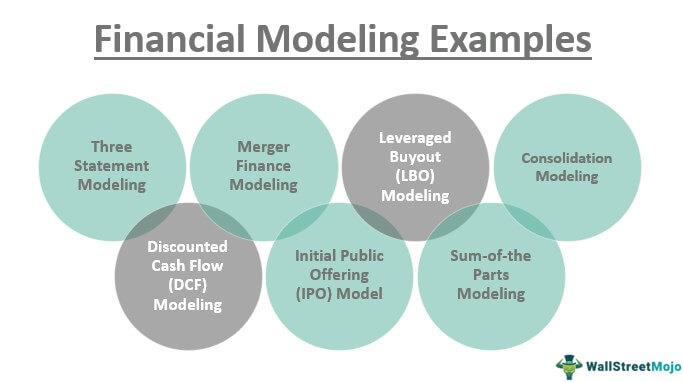Financial Modeling
What is Financial Modeling?
Definition:
“Financial Modeling” is a method of creating a numerical representation or simulation of a financial situation or decision. It involves building a mathematical model that captures the key aspects of a business’s financial performance, allowing for analysis, forecasting, and informed decision-making. Financial models can vary in complexity and purpose, ranging from simple budgeting models to sophisticated valuation models for investment analysis.
Analogy:
Think of Financial Modeling as a roadmap. Similar to a roadmap guiding travelers with detailed directions, landmarks, and estimated travel times, financial models provide a detailed path for understanding and predicting a company’s financial journey.
Further Description:
Components of Financial Modeling:
- Assumptions: Key variables and estimates that form the basis of the model.
- Income Statement, Balance Sheet, and Cash Flow Statement: Core financial statements integrated into the model.
- Formulas and Calculations: Mathematical relationships representing business operations, growth rates, and financial metrics.
- Scenario Analysis: Examination of various scenarios and their impact on financial outcomes.
Types of Financial Models:
- Budgeting Models: Plan and track financial goals and expenditures.
- Valuation Models: Evaluate the worth of an investment, company, or asset.
- Forecasting Models: Project future financial performance based on historical data and assumptions.
Applications in Business:
- Strategic Planning: Financial models help businesses plan for growth, mergers, or market expansion.
- Investment Analysis: Investors use models to assess the potential return and risk of an investment.
- Startup Funding: Startups use financial models to present projections and secure funding.
Why is Financial Modeling Important?
Informed Decision-Making:
Financial models provide insights that aid decision-makers in understanding the financial implications of various choices.
Risk Management:
Scenario analysis within financial models allows businesses to assess and mitigate potential risks.
Strategic Planning:
Financial models are essential for long-term strategic planning and goal setting.
Examples and Usage:
Company Valuation:
Financial analysts use discounted cash flow (DCF) models to estimate the intrinsic value of a company.
Project Finance:
Financial modeling helps assess the financial viability of large projects, such as infrastructure developments or real estate ventures.
Mergers and Acquisitions:
In M&A transactions, financial models are used to evaluate the impact of the merger on the financial performance of the combined entity.
In summary, Financial Modeling is a powerful tool for creating a numerical representation of a company’s financial situation. It aids in decision-making, risk management, and strategic planning, making it a fundamental practice in finance and business.
Key Takeaways:
- Financial Modeling involves creating a numerical representation of a financial situation or decision.
- It includes key components like assumptions, financial statements, formulas, and scenario analyses.
- Financial models are crucial for informed decision-making, risk management, and strategic planning.





